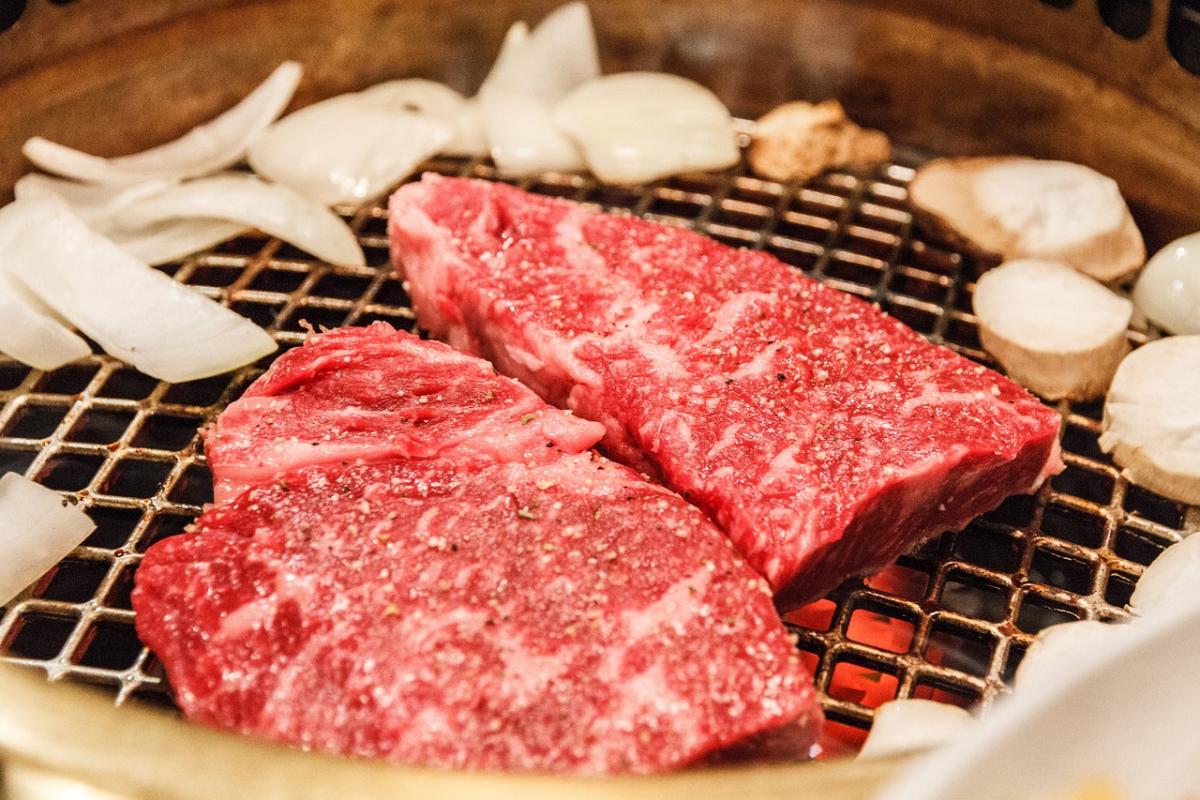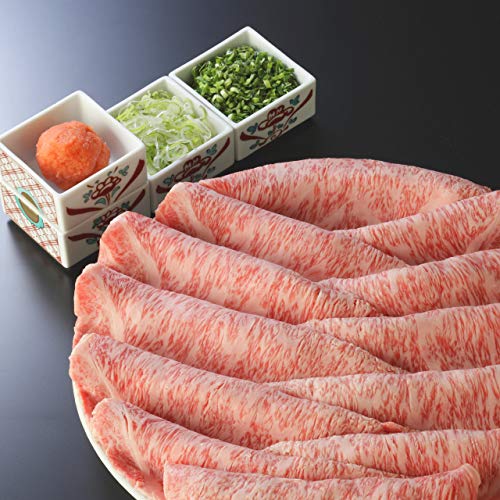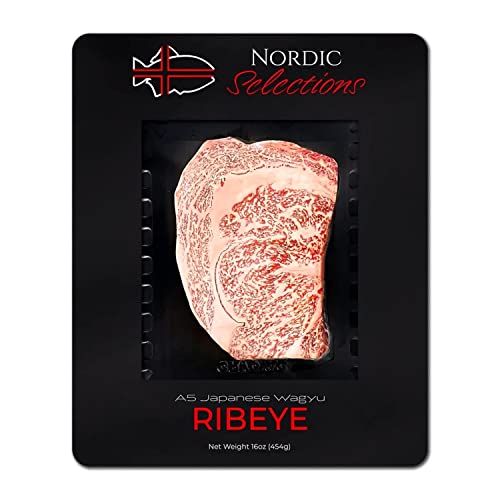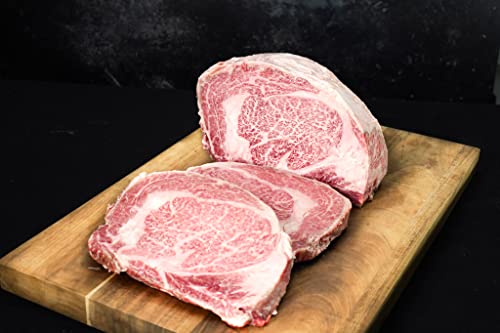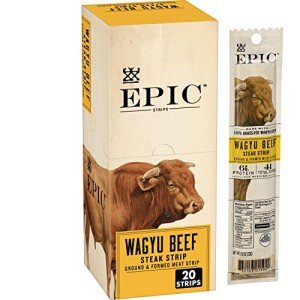The story of Kobe and Wagyu beef begins in Japan, where the origins of these prized meats can be traced back centuries. The term "Wagyu" literally translates to "Japanese cow." This encompasses four major breeds: Angus, Shorthorn, Hereford, and of course, Japanese Black, which is the breed most commonly associated with Kobe beef. These cattle were initially used for agricultural labor, particularly in rice farming, thanks to their strength and stamina.
Kobe beef specifically comes from the Tajima strain of Japanese Black cattle, primarily raised in the Hyogo Prefecture, where the city of Kobe is located. The unique conditions in this region, including its climate, high-quality feed, and traditional rearing techniques, contribute to the exceptional flavor and tenderness of the meat. To be classified as Kobe beef, the cattle must meet strict criteria regarding their lineage, diet, and quality, making it a rare and highly sought-after delicacy.
The method of raising Wagyu and Kobe cattle is often a labor of love. Farmers dedicate years to ensuring the animals receive top-notch care, including special diets that may consist of high-quality grains and even beer. This meticulous attention to detail results in the rich marbling that characterizes both Kobe and Wagyu beef, providing a melt-in-your-mouth experience that has garnered admiration from chefs and food enthusiasts worldwide.
As global interest in these meats grew, so did the standards and regulations surrounding their production. While "Wagyu" refers to all Japanese cattle, only a select few can earn the coveted Kobe label. This distinction elevates Kobe beef to a status of luxury dining, making it a unique experience that showcases the rich culinary traditions of Japan.
Unique Characteristics of Each Type
Kobe and Wagyu beef are both renowned for their exceptional taste and quality, but they come from distinct origins and breeding practices. One of the most unique characteristics of Kobe beef is its source; it must come from the Tajima strain of Japanese Black cattle, raised in Hyogo Prefecture. This region has strict regulations, ensuring that the animals are raised in ideal conditions and fed a special diet that contributes to the beef's superior marbling and tenderness.
Wagyu, on the other hand, refers more broadly to all Japanese cattle breeds that are genetically predisposed to intense marbling. While Kobe is a type of Wagyu, not all Wagyu is Kobe. There are several other strains, such as Matsusaka and Omi, each having its own unique flavor profiles and textures. The term 'Wagyu' translates to 'Japanese cow,' and the emphasis on quality in the breeding process of these cattle showcases the rich culinary tradition Japan has surrounding meat production.
Another notable characteristic of Kobe beef is its buttery texture and rich flavor, attributed to its high degree of marbling. This marbling melts during cooking, creating a tender and juicy experience that melts in your mouth. In contrast, while Wagyu also boasts excellent marbling, the texture and taste can vary significantly depending on the specific breed and region of production. Some Wagyu may present a lighter flavor, emphasizing the unique characteristics of the individual animal and its upbringing.
The way these two types of beef are produced sets them apart as well. Kobe beef production is heavily regulated by the Kobe Beef Marketing & Distribution Promotion Association, which oversees everything from lineage to the environment the cattle are raised in. Conversely, the Wagyu category allows for more variation and agricultural practices, leading to a broader range of flavors and textures across different cuts and breeds.
Flavors and Textures Compared
When it comes to understanding the distinctions between Kobe and Wagyu beef, one of the most captivating aspects is their flavors and textures. Both types of beef originate from the same breed of cattle, but the environments in which they are raised, as well as their diets, significantly influence their taste profiles. Kobe beef, a specific type of Wagyu, is famous for its rich, buttery flavor and extraordinary tenderness. This unique taste is often attributed to the cattle's well-marbled fat, which melts at lower temperatures, giving each bite a luscious, velvety mouthfeel.
Wagyu beef, on the other hand, offers an array of flavor experiences depending on its specific type and origin. While all Wagyu is celebrated for its marbling, the intensity of flavor can vary. Some cuts present a more robust taste with earthy undertones, while others may lean toward a subtle sweetness. The marbling in Wagyu contributes to its juiciness, creating a delightful balance between richness and flavor. This diversity makes Wagyu an exciting choice for food enthusiasts seeking variety in their beef experiences.
The texture differences also set these two types of beef apart. Kobe's exceptional marbling renders it incredibly tender, almost melting in your mouth. In contrast, other Wagyu cuts may have a firmer texture while still maintaining a level of tenderness that is superior to many other beef varieties. The combination of tenderness and juiciness in both Kobe and Wagyu adds to their allure, making each bite an indulgent experience.
Ultimately, whether you're savoring a beautifully marbled slice of Kobe or exploring the nuanced flavors of various Wagyu cuts, you are in for a truly exceptional culinary adventure. Each type brings its own unique characteristics to the table, inviting beef lovers to enjoy the subtle distinctions that come from their origins and raising practices.
Cooking Methods for Best Results
When it comes to cooking Kobe and Wagyu beef, the methods you choose can significantly enhance their rich flavors and tender textures. Both types of meat are known for their marbling, which contributes to their unique taste and juiciness. To get the best results, it’s essential to use techniques that complement these qualities.
One popular method for cooking these premium cuts is the reverse sear. This technique involves slowly cooking the beef at a low temperature to ensure even doneness, followed by a quick sear on high heat. This approach preserves the meat’s natural juices and enhances its tenderness, allowing you to enjoy the full depth of flavor that Kobe and Wagyu beef have to offer.
Grilling is another excellent option that many enthusiasts prefer. The high heat of the grill caramelizes the exterior of the beef, creating a delicious crust while keeping the inside succulent and juicy. Given the high fat content in these steaks, grilling allows for some of the excess fat to render out, resulting in a wonderfully balanced dish. Just remember to keep an eye on the doneness, as these beef cuts can cook quickly!
Finally, sous vide is an increasingly popular method for cooking Wagyu and Kobe beef. By vacuum-sealing the meat and cooking it in a controlled water bath at precise temperatures, you ensure that the beef cooks evenly and retains all its moisture. This technique takes longer but is ideal for achieving that perfect medium-rare finish, letting you experience the exceptional flavor and tenderness of these luxurious meats.
